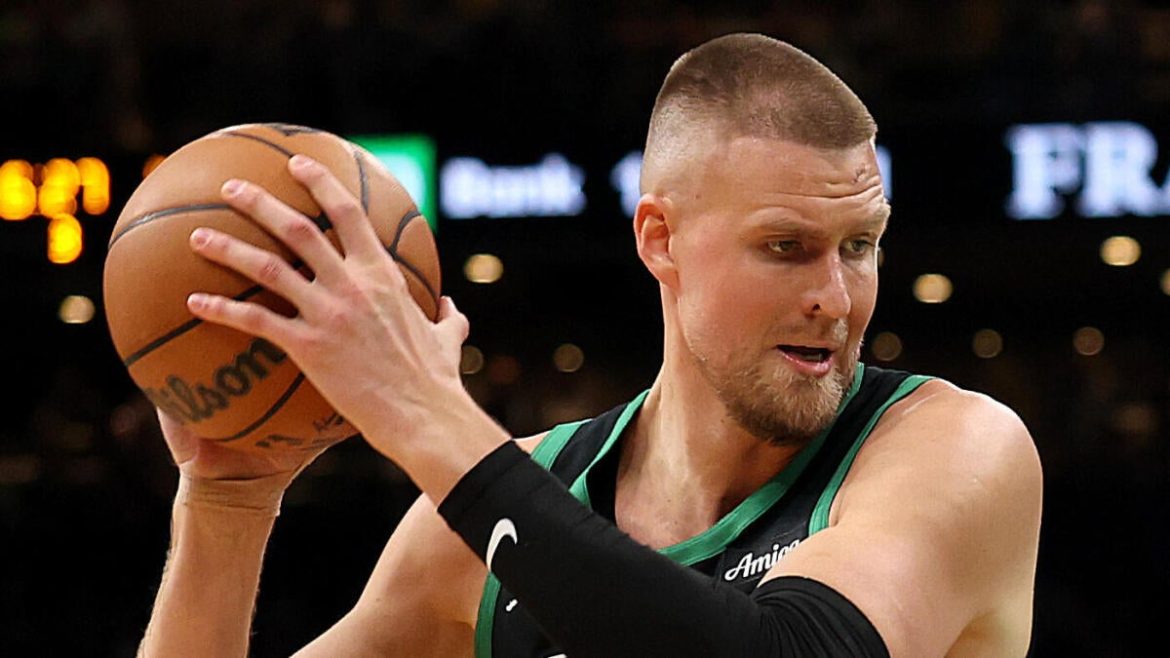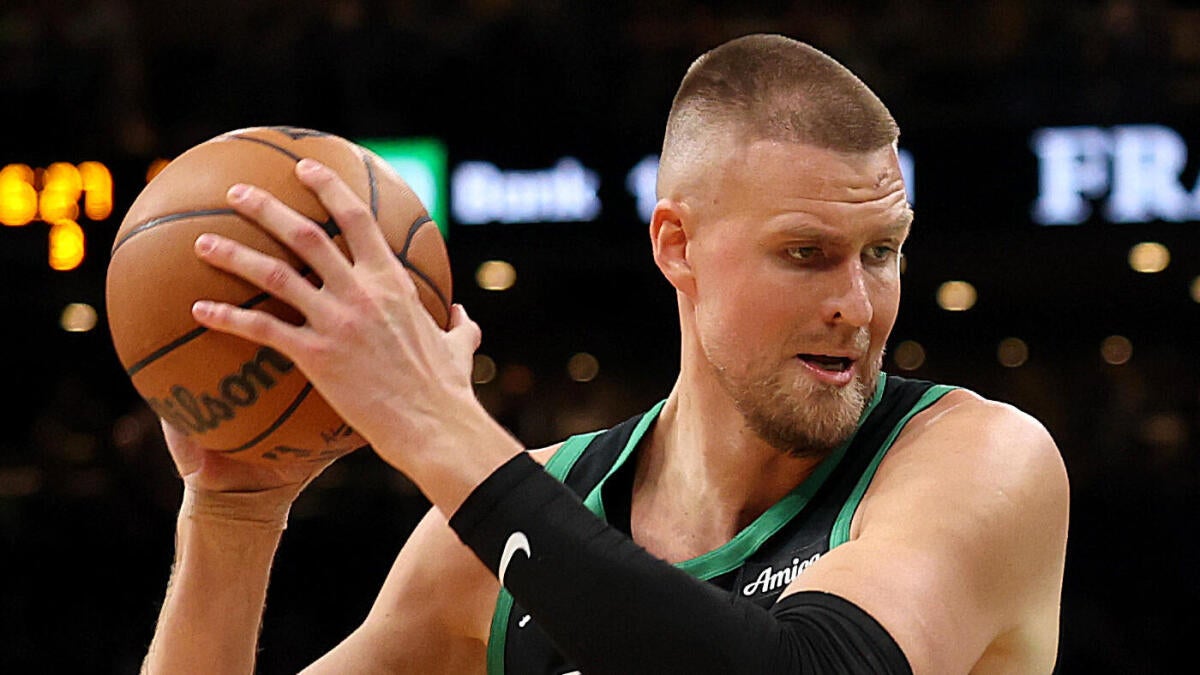Kristaps Porziņģis and the Impact of Post-Viral Syndrome on the Celtics’ Playoff Run
Kristaps Porziņģis, the Boston Celtics’ towering center, faced significant health challenges that heavily influenced his performance during the 2024 NBA playoffs. Behind his diminished contributions lay a mysterious and debilitating condition—post-viral syndrome—an ailment that not only hampered Porziņģis individually but also had serious implications for the Celtics’ championship ambitions. Understanding the nuances of this syndrome, its manifestation in an elite athlete, and its ripple effects on the team paints a clearer picture of what unfolded during Boston’s postseason.
The Unseen Opponent: Post-Viral Syndrome Defined
Post-viral syndrome is characterized by lingering symptoms that persist after the acute phase of a viral infection has resolved. These symptoms commonly include fatigue, breathlessness, cognitive difficulties, and general malaise. In Porziņģis’ case, the condition manifested in pronounced fatigue and breathing problems, severely limiting his ability to perform at his usual high level. Unlike typical injuries observed in sport, this syndrome is invisible and insidious, making it difficult to diagnose, manage, and predict its progression.
Brad Stevens, the Celtics’ president of basketball operations, brought clarity to this situation, describing Porziņģis’ condition as “post-viral syndrome.” This explanation revealed the root cause of Porziņģis’ physical struggles—an aftereffect of an unidentified viral illness contracted during the regular season. Rather than a sudden acute injury, this was a hidden adversary lingering beneath the surface.
The Timeline and Symptoms Affecting Porziņģis’ Season
Porziņģis first began to experience symptoms late in the regular season, which led to him missing multiple games—eight during March alone, as reported. Despite his attempts to return and contribute, the aftereffects of the virus persisted, often manifesting unpredictably. He was notably absent for stretches during the playoffs, including significant time spent off the court in pivotal games against the New York Knicks in the Eastern Conference semifinals.
Key symptoms such as overwhelming fatigue and shortness of breath became evident during games. In one particularly telling moment, Porziņģis had to leave Game 1 of the series due to breathing difficulties—a stark departure from his normally dominant presence. His shooting efficiency plummeted as well; he converted only 16.7% on attempts across seven playoff games, a steep decline from previous performances. This confluence of physical symptoms effectively transformed him from a “unicorn” on the court to a shadow of himself, unable to exert the usual influence.
Impact on Celtics Performance and Playoff Aspirations
The Celtics entered the postseason with high expectations, aiming to defend their NBA championship title. However, Porziņģis’ health issues, combined with other injuries (notably Jayson Tatum’s Achilles tendon rupture and Jaylen Brown’s meniscus tear), crippled Boston’s rotational depth and versatility. Porziņģis’ diminished mobility and energy meant the Celtics lost a critical matchup advantage in the frontcourt, especially against teams like the Knicks who capitalized on the absence of his usual rim protection and spacing.
Boston’s playoff performance reflected these struggles. The team became the first in NBA’s play-by-play era (since 1996-97) to lose two games in the same postseason after leading by 20 or more points twice, a sign of lost momentum and faltering execution in critical moments. Porziņģis’ inability to maintain consistent minutes or impact was a missing piece in the Celtics’ puzzle, making it challenging for coach Joe Mazzulla to find reliable rotations and maintain defensive solidity.
The Psychological and Team Dynamics Dimension
Beyond the physical toll, post-viral syndrome exacted a psychological cost on Porziņģis and the Celtics squad. Stevens empathized with the player’s frustration, noting that no one was more disheartened than Porziņģis himself. This struggle to recover while competing at an elite level placed additional mental strain, undermining confidence and rhythm both individually and team-wide.
Moreover, the Celtics’ coaching staff and management had to navigate an uncertain and evolving health landscape. Determining game-to-game availability, balancing rest and competitive itch, and strategizing without a fully fit Porziņģis complicated Boston’s offseason planning and in-game tactics alike. While the team sought to rally around its stars, the unpredictable nature of post-viral syndrome imposed a barrier to consistency.
Looking Forward: Recovery and Prospects for Porziņģis
The good news articulated by Celtics leadership is that Porziņģis is expected to recover fully from this condition. His commitment to returning to form is underscored by plans to participate in international competition for Latvia in the upcoming FIBA Eurobasket, signaling optimism in his health trajectory.
Managing post-viral syndrome requires patience and attentive care. Athletes must avoid rushing back prematurely to allow the immune system and energy reserves to replenish. The Celtics and Porziņģis will likely prioritize a cautious approach in the offseason to restore his vitality fully.
Conclusion: A Hidden Battle with Lasting Consequences
Kristaps Porziņģis’ ordeal with post-viral syndrome during the 2024 NBA playoffs reveals the profound impact that non-traditional illnesses can have on professional athletes and their teams. His journey underscores a broader narrative about the vulnerabilities even the most physically gifted contend with—reminders that health is intricate and not always measurable by physical injury alone. The Celtics’ playoff disappointment, partially shaped by Porziņģis’ health challenges, offers lessons about resilience, adaptation, and hope for recovery. As Porziņģis embarks on regaining his strength, the Celtics will look to build on this experience, strengthened by the insight gained through navigating adversity in its many forms.





